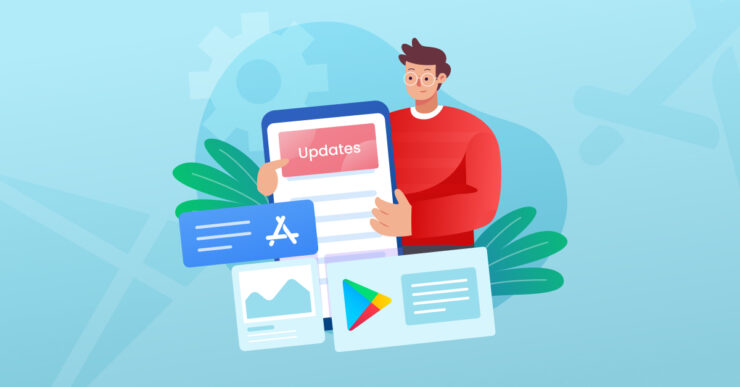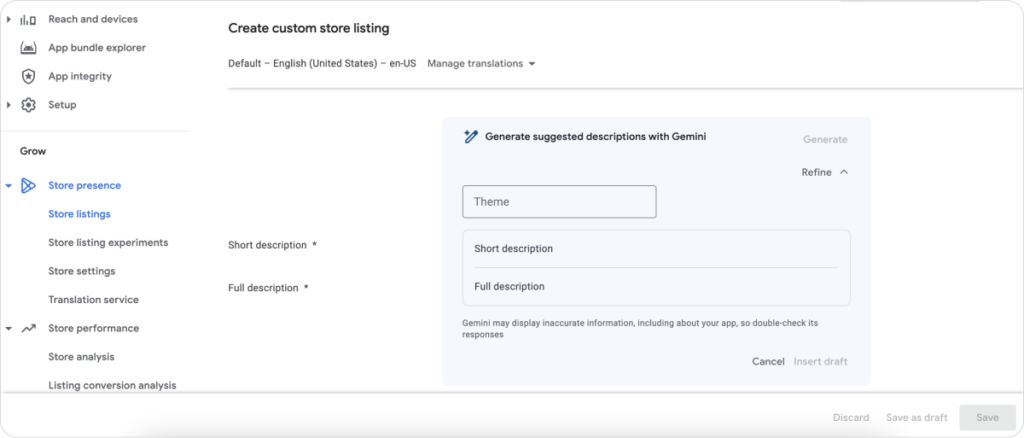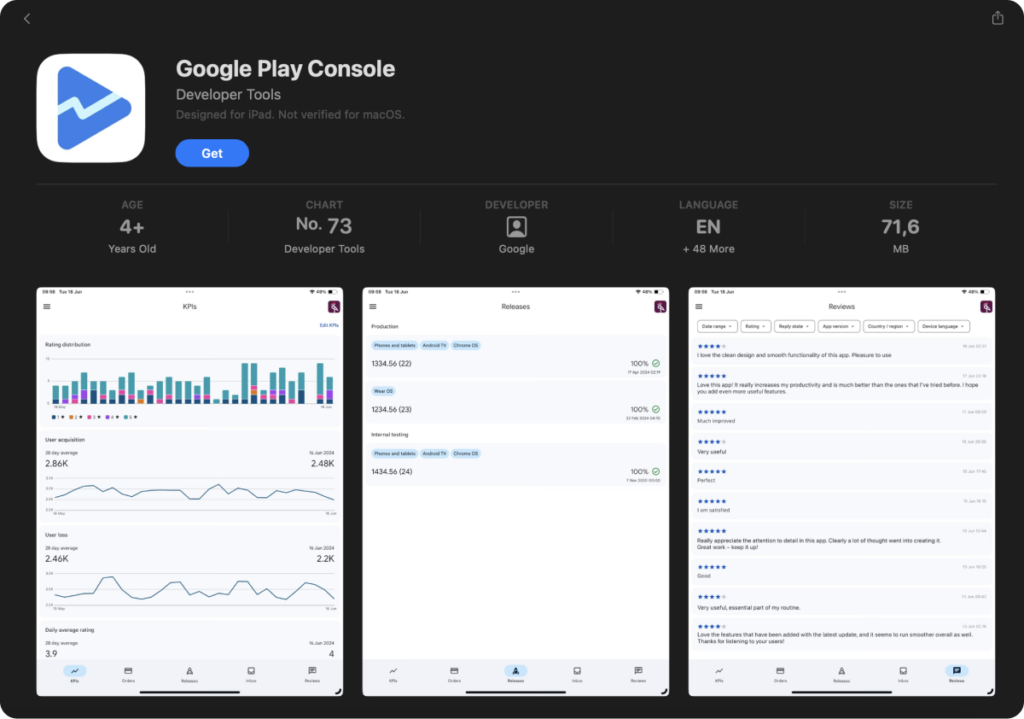The algorithms of Google Play and the App Store are constantly evolving, with regular updates and shifts that can significantly impact their functionality. It is crucial for developers and marketers to keep up with these changes, as they directly impact app discovery and ranking. As a keyword promotion company, we understand the importance of adjusting to these transformations to ensure apps receive optimal visibility and ranking.
Keyapp prioritises closely monitoring all developments on these platforms. By staying updated, we can provide our clients with effective strategies based on data and aligned with current trends and algorithm changes. Understanding these updates, whether big or small, is key to staying competitive in the constantly changing app market.
This article will delve into the recent updates on Google Play and the App Store, explaining their effects on app promotion, keyword ranking strategies, and the best methods for success in this dynamic environment. Let’s take a closer look at the key modifications and what they mean for your app’s progress.
Google Play
1. The first recent update introduced by Google Play might seem like a simple visual adjustment, specifically in the layout of the store. However, even minor visual changes on Google Play often have a broader impact on how their algorithm functions. If we reflect on their past updates, it’s clear that even seemingly small modifications can significantly influence app promotion strategies, as these changes often reshape the user experience and app discovery process.
One such example is the repositioning of the search bar. Previously located at the top of the Google Play homepage, the search bar has now been moved to the bottom. This subtle shift might appear purely aesthetic, but it alters how users interact with the store, and such adjustments can potentially impact search behavior, visibility, and the way apps are ranked or discovered.
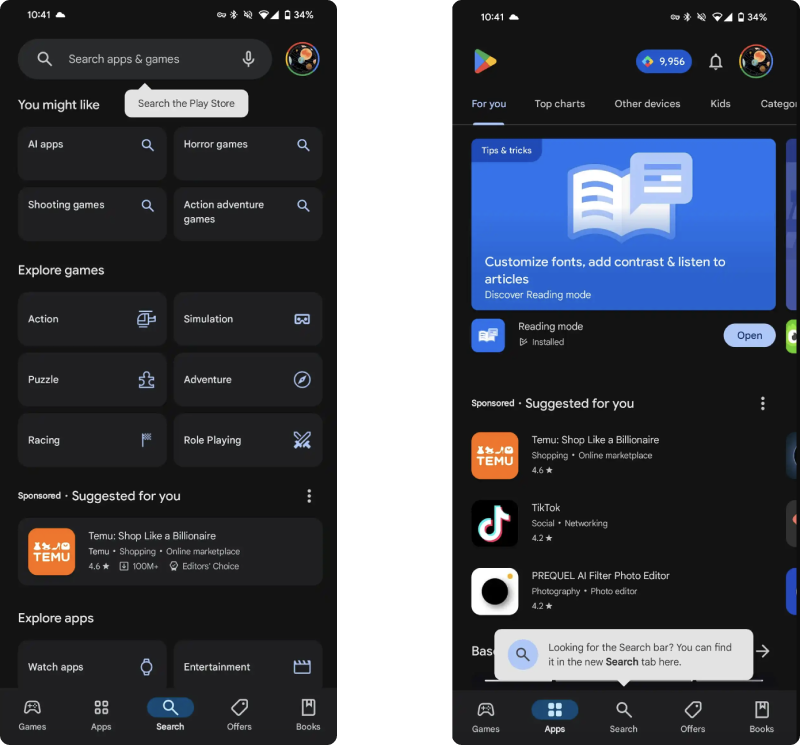
2. For several months, Google has been actively working to incorporate AI into its services, especially in Google Play. At the core of this effort is Gemini, Google’s AI, which was introduced to advance their AI systems. Gemini focuses on creating human-like text, grasping context, and logic, and supporting intricate tasks in NLP and AI.
The early stages of Gemini’s integration into Google Play are now visible, with a focus on aiding developers in optimizing apps. Recently, Gemini has been made accessible to help generate brief and detailed descriptions for Custom Store Listings, expediting the process. This signifies an important advancement in using AI to simplify and improve app promotion and optimization.
For now, the description generation is available only in English, but that’s obvious that at the nearest time, we will be able to create the texts for custom store listings using AI in different languages which will simplify the process in general.
3. The next important update Google Play recently released is the improved system of personalized search list. As Google says “To help improve your experience, Google Play can provide you with relevant content tailored for you, which can include app and book recommendations, offers, and search results. These recommendations and offers can be presented in Google Play, as well as in apps and games managed by Google Play to help provide you with the best experience across the Play ecosystem”
So taking into account the details provided by Google, now users can decide on their own which data can be used to personalize the search list. In general, Google hasn’t confirmed that this will impact the search list directly, but of course, we do understand that such changes cannot just be released without any influence. So most probably from now the search results on Google Play will be even more personalized for each user, than previously.
4. One more small news about Google Play is that now the Developer Console app is available on the AppStore, so app developers using iOS devices can easily download it and:
- monitor the metrics you care about
- manage your app’s orders and issue refunds
- view and reply to app reviews
- track and monitor the availability of your apps across different tracks and releases
AppStore
1. Apple Search Ads is steadily expanding into new markets, following its successful entry into Brazil earlier this year. The company recently revealed that developers will soon have the opportunity to purchase Search Ads for Turkey, along with 20 additional countries.
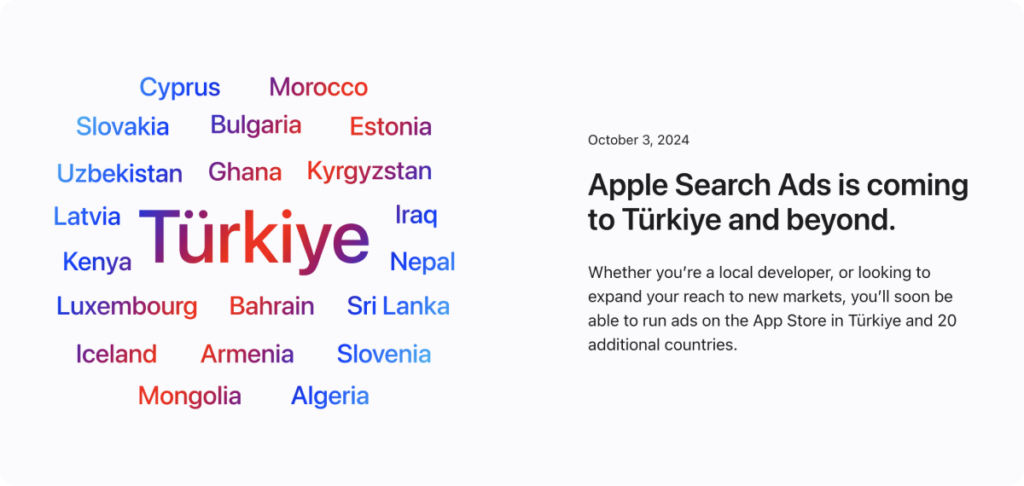
To recap, there are four distinct types of Search Ads available within the App Store: ads featured on the Today tab, ads displayed on the Search page before a query is entered, ads positioned at the top of search results, and ads found at the bottom of other apps’ product pages. Apple claims that Search Ads can generate up to twice the visibility compared to organic searches, offering significant advantages, especially for smaller developers. Using a cost-per-tap (CPT) model, developers only incur costs when a user clicks on their ad, ensuring they pay solely for actual engagement.
With this latest expansion, Apple Search Ads will now be available in a total of 91 countries.
2. Apple has updated its AppStore screenshot guidelines to align with the specifications of the newly launched iPhone 16 Pro. These changes revise the screenshot dimensions required for app submissions to ensure compatibility with the latest device displays.
Changes for iPhone Screenshots:
1) New 6.9-inch Requirement:
- Now required: screenshots for 6.9-inch displays
- Dimensions: 1290 x 2796 pixels (portrait) or 2796 x 1290 pixels (landscape)
- Alternative option: 1320 x 2868 pixels (portrait) or 2868 x 1320 pixels (landscape)
2) Replaced Sizes:
- The 6.9-inch screenshots replace the previously required 6.7-inch versions.
- Screenshots for 5.5-inch displays are no longer necessary.
3) Required for apps running on iPhone if no 6.5-inch screenshots are submitted.
4) Applies to iPhone 16 Pro Max, iPhone 16 Plus, and earlier Pro Max and Plus models.
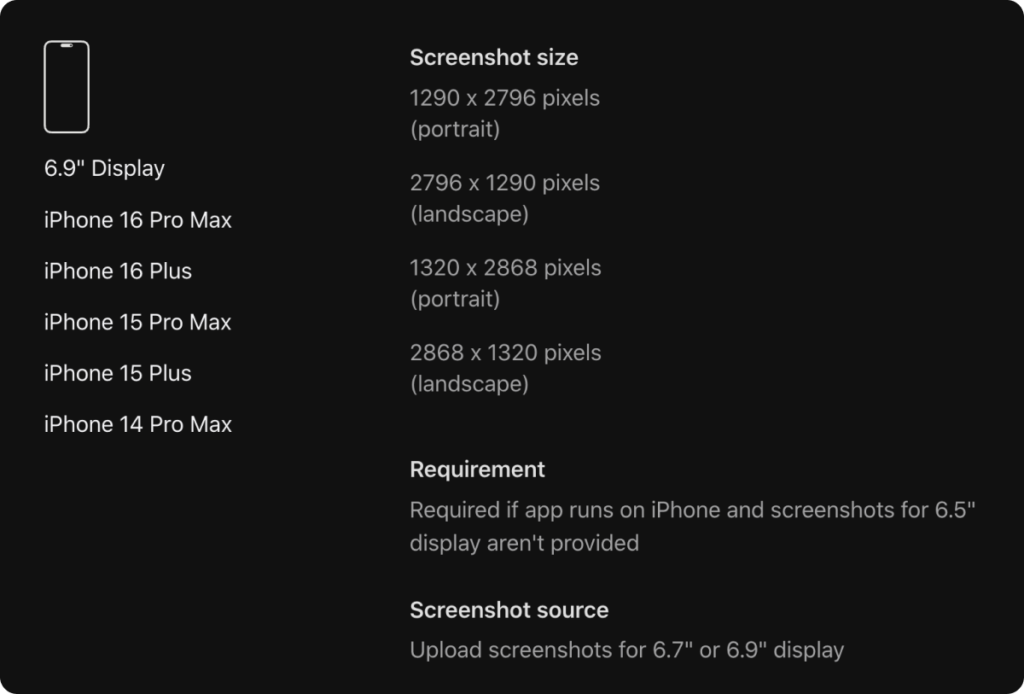
iPad Screenshot Changes:
- Only one set of screenshots is now required for iPads.
- Screenshots for older iPad generations have been removed from submission requirements.
Impact on Developers:
- Developers must update their screenshot assets to meet the new 6.9-inch guidelines.
- The removal of outdated screenshot sizes simplifies the submission process.
- Existing apps may need to refresh their App Store listings to include the new dimensions.
These updates ensure that app listings accurately reflect the user experience on the latest iPhone models, particularly the iPhone 16 Pro series.
Sum Up
In conclusion, both Google Play and the App Store have introduced significant changes that can impact app releases, marketing efforts, and the functioning of their algorithms. Staying informed and up to date with these changes is crucial for adapting marketing strategies and ensuring continued success in app promotion. By closely monitoring these shifts, developers and marketers can remain agile and make the necessary adjustments to stay ahead in the competitive app landscape.

